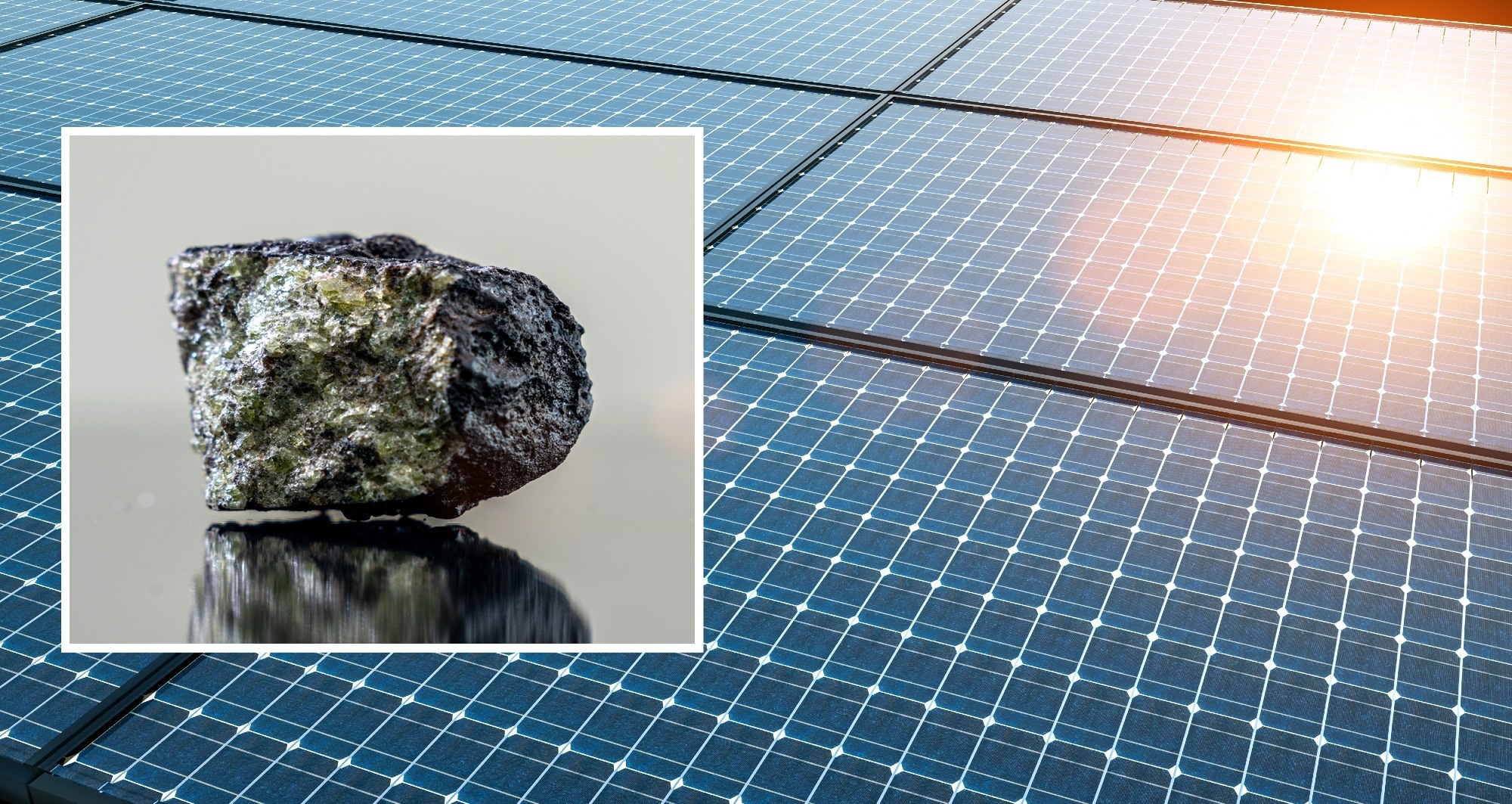A recent article in Nature Communications introduced a surface reconstruction method for wide-bandgap (WBG) perovskites aimed at enhancing charge collection and reducing ion migration. The approach involves nano-polishing the defect-rich crystal surface of the perovskites and then passivating the newly exposed surface with high crystallinity to improve its performance.

Image Credit: Audio und werbung/Shutterstock.com
Background
Single-junction perovskite solar cells (PSCs) are a promising candidate for future photovoltaic (PV) technology due to their high power conversion efficiency (PCE). In addition, perovskite/silicon tandem solar cells are being explored as a way to enhance the efficiency of existing silicon-based solar cells.
For the optimal performance of these tandem devices, stable and efficient wide-bandgap (WBG) perovskites are crucial. WBG perovskites are generally made from mixed Br-I halides, but the resulting crystal surfaces are often defect-rich. These defects, including component vacancies and disordered packing, can significantly limit the efficiency of WBG-PSCs, with the current maximum efficiency capped at 22.95 %.
Recent research has focused on methods to remove or passivate these crystal surface defects. Techniques such as passivation with WBG materials, two-dimensional perovskites, ultrathin insulating materials, and Lewis acid/base passivators have been explored. However, these approaches are often specific to particular types of perovskites and are not universally applicable.
Methods
To prepare the PSCs, two perovskite precursor solutions were used: 1.67-eV (Cs0.05FA0.80MA0.15Pb(I0.75Br0.25)3) and 1.53-eV (Cs0.05FA0.9MA0.05PbI3 + 5 % MAPbCl3). The PSCs were fabricated on glass/indium tin oxide (ITO) substrates coated with NiOx nanoparticles and 4-(3,6-dimethyl-9H-carbazol-9-yl)butyl]phosphonic acid (NiOx/Me-4PACz) as the hole transport layer (HTL).
For nano-polishing, Al2O3 nanoparticles were thermally evaporated on the glass side of the sample. This was followed by surface reconstruction of the WBG-PSCs using functional layers such as C60, bathocuproine (BCP), and Ag.
The resulting WBG-PSCs were combined with a hybrid back-contact (hybrid-BC) silicon solar cell to create four-terminal (4T) perovskite/silicon tandem solar cells. In addition, the WBG perovskite top cell was modified from opaque to semi-transparent (ST-PSC) by replacing BCP and Ag with SnO2 and indium zinc oxide (IZO) transparent layers.
The complete devices were characterized using techniques such as time-of-flight secondary ion mass spectrometry (ToF-SIMS), photoluminescence (PL) spectroscopy, ultraviolet photoelectron spectroscopy (UPS), and Kelvin probe force microscopy (KPFM). Current density-voltage (J-V) measurements were also recorded using a digital source meter.
Additionally, the external quantum efficiencies (EQE) and operational stability of the devices were assessed, with performance certification carried out by the Shanghai Institute of Microsystems and Information Technology of the Chinese Academy of Sciences.
Results and Discussion
After nano-polishing, significant changes were observed in the perovskite films. Microscopic analysis revealed that nano-polishing effectively removed defect-rich regions, exposing a highly crystalline surface. This process also suppressed ion migration and inhomogeneity in the crystallinity of the perovskite, addressing key challenges in device performance.
X-ray photoelectron spectroscopy measurements showed a notable reduction in Pb0 defects on the perovskite film after nano-polishing. X-ray diffraction analysis revealed that the intensity of the (001) crystal plane was enhanced, suggesting that the nano-polishing method successfully removed regions of inadequate crystallization.
The nano-polished perovskite films exhibited a significant increase in PL intensity, with a minor blue shift in the PL peak. Additionally, time-resolved PL measurements demonstrated a noticeable improvement in charge carrier lifetime, indicating reduced non-radiative recombination in the nano-polished films.
The performance of the nano-polished PSCs was significantly improved, with higher PCE, open-circuit voltage (VOC), and fill factor (FF) compared to untreated devices. The reduction in hysteresis was also noted, which was attributed to the ultra-smooth surface morphology, improved energy level matching with C60, and the removal of inadequate crystallization regions. The EQE of the nano-polished devices was consistent with the integrated current density derived from the J-V measurements.
The effectiveness of the nano-polishing method was further demonstrated with 1.53-eV perovskite-based PSCs, which also showed an improvement in PCE, VOC, and FF. The nano-polishing process was applied to large-area (1 cm2) devices, with the efficiency loss after scaling down reduced from 1.12 % in the control device to 0.39 % in the nano-polished device. This improvement was attributed to the enhanced uniformity of the perovskite film following nano-polishing.
Conclusion
The researchers successfully applied surface reconstruction to perovskite films through nano-polishing, resulting in ultra-smooth surfaces. This method effectively removed defect-rich regions caused by inadequate crystallization, which helped reduce ion migration and release residual stress in the perovskite films.
For the 1.67-eV opaque WBG-PSCs, the VOC and FF showed significant improvement, achieving a certified efficiency of 23.67 %. The corresponding semi-transparent PSCs (ST-PSCs) achieved certified efficiencies of 21.7 % and 20.39 % for aperture areas of 0.12 and 1.0 cm2, respectively.
Additionally, the nano-polished device retained 80 % of its initial efficiency after operation at the maximum power under 1-sun illumination for 1505 hours, exhibiting enhanced operational stability. This surface modification technique can significantly improve the performance of WBG-PSCs.
Journal Reference
Fang, Z., et al. (2024). Surface reconstruction of wide-bandgap perovskites enables efficient perovskite/silicon tandem solar cells. Nature Communications, 15(1). DOI: 10.1038/s41467-024-54925-4, https://www.nature.com/articles/s41467-024-54925-4
Disclaimer: The views expressed here are those of the author expressed in their private capacity and do not necessarily represent the views of AZoM.com Limited T/A AZoNetwork the owner and operator of this website. This disclaimer forms part of the Terms and conditions of use of this website.